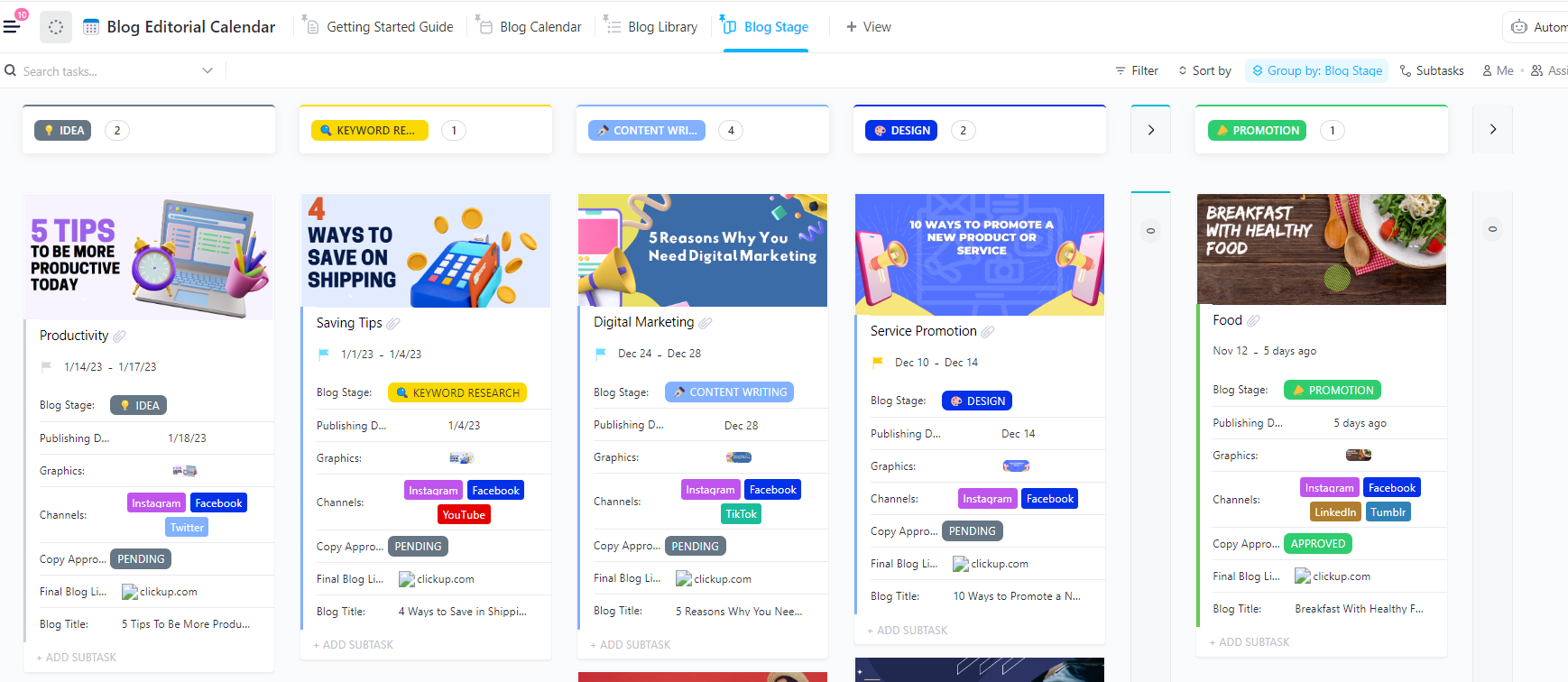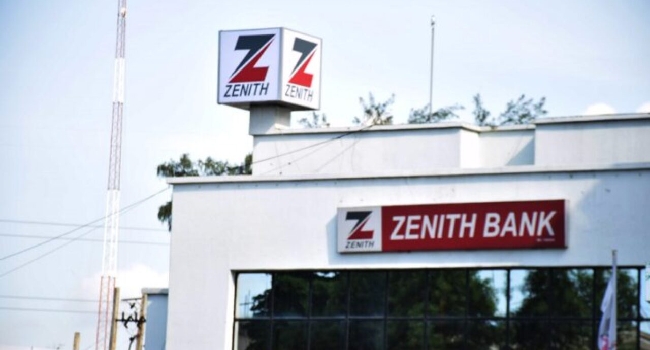When people ask me how we manage to publish 200-250 blog posts per month at —with localization bringing our total to around 2,000 monthly blog posts—I tell them it’s equal parts strategy, technology, and accepting that chaos is the default state without the right systems.
An average SaaS company might produce around 50 blogs per month. We’re creating content at 4-5x that volume, coordinating with around 10 agencies, managing 50-100 writers at any given time, and somehow maintaining quality standards that drive meaningful signups and revenue.
Here’s how we built a content machine that scales—and why your content production process might be breaking down without you realizing it.
Why Content Production Breaks at Scale
Before I dive into our solution, let me paint a picture of what content scaling chaos actually looks like. Imagine trying to coordinate a newsroom-level operation using spreadsheets, email threads, and Slack messages. Now multiply that by 200-250 pieces of content per month, each with its own lifecycle, review cycles, and stakeholder feedback.
This was our reality—and probably yours too:
Context gets lost in translation
- The content creation process begins with an outline or a brief. And for many, the brief starts in one tool, gets discussed in email, receives feedback in Slack, and somehow needs to make it to WordPress with all the nuance intact and aligned with the target audience’s interest
Handoffs become black holes
- When a writer finishes a draft of a blog post where does it go? Who reviews it next? How long has it been sitting in limbo?
Quality becomes impossible to track
- Without clear rubrics and systematic review processes, you’re flying blind on what’s working and what’s not.
Bottlenecks multiply
- One delayed review can cascade into weeks of publishing delays when you’re managing hundreds of pieces simultaneously.
At our scale, these problems don’t just slow you down—they break your entire operation.
The Content Production Lifecycle That Actually Works
After rebuilding our entire content operation from the ground up, here’s the system that allows us to maintain quality while hitting aggressive volume targets—with at the center.
1. Strategic Foundation: AI-Assisted Brief Creation
Everything starts with our SEO team identifying keyword opportunities. But here’s where most teams go wrong—they hand off a keyword and expect magic to happen.
Instead, we’ve built an AI-assisted brief builder using Docs and AI that takes us from zero to 60% complete on every brief. The AI handles the heavy lifting of research, structure, and initial positioning.
Then our human editors add what I call the “magic dust”—the unique perspective and differentiation that makes our content valuable, not just informative.
Why this matters:
Without systematic brief creation, you’re asking writers to make strategic decisions they’re not equipped to make. The result? Inconsistent messaging and content that misses the mark.
Solution:
- Use Docs to create, collaborate, and store briefs in a single source of truth.

- Leverage AI to generate outlines, research, and even first drafts, so your team can focus on adding strategic value.


2. Coordinated Execution: Managing Multiple Agencies
Here’s where things get complex fast. We work with multiple agencies simultaneously, each handling different content types and volumes. Each agency needs to operate independently while maintaining our quality standards and brand voice.
Our solution: Every blog post becomes a Task with clear status tracking, managed through Custom Statuses and Automations:


- Brief Ready: AI-generated brief refined by our team
- With Writer: Assigned to the appropriate agency via automated routing
- Peer Review: Internal editors provide structured feedback
- Update Required: Clear revision requests with context
- Final Review: Last quality check before publishing
- Ready to Publish: SEO-optimized and live-ready
The game-changer:
All communication happens in context using Task Comments and Chat.
When an agency submits a draft, they explain their decisions directly in the task directly in the task. When editors provide feedback, the reasoning is captured in the same thread in the same thread. No more lost context, no more endless email chains trying to remember why a decision was made three weeks ago.
Solution:
- Assign and track every piece of content as a Task with Custom Fields for agency, content type, and deadlines.
- Use Automations to route tasks to the right agency or reviewer automatically.
- Keep all feedback and decisions in Task Comments and Chat for full transparency and context.


3. Quality Control: Systematic Review Process
At 200-250 blogs per month, quality control isn’t optional—it’s survival. We’ve built systematic quality tracking into every step using Custom Fields, Checklists, and Dashboards using Custom Fields, Checklists, and Dashboards:
- 5-star quality rubric: Every piece gets rated by editors using consistent criteria via Custom Fields
- Editorial effort tracking: Editors self-report the time investment required to get pieces publication-ready (this tells us which agencies need additional support).
- Performance tracking: We pull ranking data from SE Ranking (currently via manual spreadsheet updates) to monitor 30-day and 90-day performance for published pieces..


Real impact:
We can identify quality issues at the agency level and address them before they become systematic problems.
Solution:
- Use Custom Fields for quality scores and editorial effort.
- Build Checklists for each review stage to ensure nothing is missed.
- Visualize performance and bottlenecks in real time with Dashboards.
4. Operational Intelligence: Real-Time Dashboards
The dashboard that changed everything shows me at a glance:


- Around 600 blogs currently in production
- ~90+ ready to publish
- Week-over-week delivery by agency
- Quality scores and editorial effort by team
- Bottlenecks by status and timeline
This isn’t just reporting—it’s operational intelligence. When I see too many pieces stuck “With Writer” at one agency, I know to intervene before it becomes a crisis. When editorial effort spikes for certain content types, we can adjust our brief templates or provide additional training.
Solution:
- Use Dashboards to track every KPI, bottleneck, and workload in real time.
- Set up Widgets for custom reporting on agency performance, content status, and editorial effort.
The KPIs That Actually Matter
Here’s what we track and why:
Primary North Star:
Free signups generated from blog traffic. Everything else is secondary.
Leading Indicators:
- User intent satisfaction (are we answering what people searched for?)
- Content-to-signup conversion rates
- Time to publish (operational efficiency)
- Quality scores and ranking performance


The insight most teams miss:
Content often represents a significant portion of your company’s digital footprint. Every blog post is a representation of how customers will perceive your brand, your expertise, and your trustworthiness.
Solution:
Use Custom Fields and Dashboards to track leading indicators and tie them directly to business outcomes.
What This Actually Looks Like in Practice
Let me show you the difference between content chaos and content systems:
Before systematic production:
- Briefs in Google Docs, feedback in email, tracking in spreadsheets
- No visibility into bottlenecks until deadlines are missed
- Quality inconsistent across agencies and content types
- Constant firefighting and manual coordination
After building proper systems with :
- Docs as the single source of truth for every piece of content
- Real-time visibility into every stage of production with Dashboards with Dashboards
- Proactive bottleneck identification and resolution using Automations and Custom Statuses
- Quality consistency through systematic processes and Checklists and Checklists
The transformation isn’t just operational—it’s strategic. When you can reliably produce high-quality content at scale, you can be more ambitious with your content strategy.
We can take on competitive keywords, invest in comprehensive topic coverage, and experiment with new content formats because we know our production system can handle it.
The Technology Stack That Makes It Possible
I can’t imagine running this operation without as our central nervous system. Here’s why traditional tools fail at scale:
- Spreadsheets break when you’re tracking hundreds of moving pieces
- Email threads lose context and become archaeological exercises
- Siloed tools force manual handoffs that introduce errors
- Lack of automation means human error multiplies across every process
gives us:
- Automated workflows that route content to the right people at the right time
- Custom Fields and Statuses that capture exactly the data we need
- Real-Time Dashboards built from live operational data
- Integrated Communication with Task Comments and Chat
- Granular permissions that let agencies collaborate without seeing each other’s work
- AI for brief generation, content ideation, and editing support
The Framework You Can Apply
Whether you’re publishing 10 blogs per month or 200+, these principles scale:
- Systematize brief creation – Don’t leave strategic decisions to chance. Use Docs and AI.
- Design clear handoffs – Every transition point needs defined ownership and expectations. Use Custom Statuses and Automations.
- Capture context in process – Communication should happen where work happens. Use Task Comments and Chat.
- Build quality into workflow – Don’t bolt quality control on at the end. Use Checklists and Custom Fields.
- Measure what matters – Track leading indicators, not just vanity metrics. Use Dashboards.
- Plan for bottlenecks – Identify choke points before they break your timeline. Use Dashboards and Automations.
The Bottom Line
Content production at scale isn’t about working harder—it’s about building systems that work smarter. The difference between 50 blogs per month and 200+ isn’t just volume; it’s systematic thinking about every aspect of the production process.
Your content is often the first impression potential customers have of your company. Making that impression consistent, valuable, and authentic requires more than good intentions—it requires good systems.
The question isn’t whether you can scale content production. The question is whether you can scale it without losing the quality and consistency that make content valuable.
Ready to transform your content production process? Start by mapping your current workflow and identifying where context gets lost, bottlenecks form, and quality breaks down. Then build systems that solve those specific problems—using ’s suite of features——using ’s suite of features—rather than just pushing more volume through broken processes.


Everything you need to stay organized and get work done.












